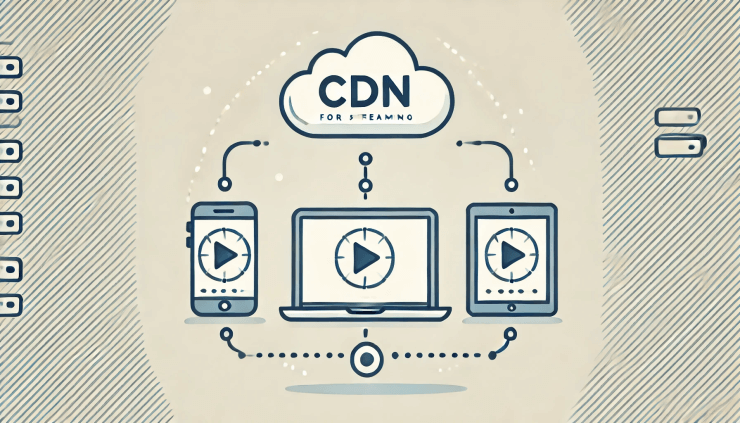
Use CDN for Your Video Streaming: Pros and Cons
In the ever-evolving digital landscape, video content has become a cornerstone of online engagement for businesses. Utilizing a Content Delivery Network (CDN) for video streaming can significantly enhance your delivery capabilities. However, like any technology, it comes with its advantages and disadvantages. Here’s a comprehensive look at the pros and cons of using a CDN for your video streaming needs.
Pros of Using a CDN for Video Streaming
- Improved Load Times
A CDN distributes your video content across multiple servers globally, ensuring that it is delivered from the server closest to the user. This significantly reduces load times and provides a smoother viewing experience, which is crucial for keeping viewers engaged.
- Scalability
CDNs can handle sudden spikes in traffic seamlessly. Whether your video goes viral or you experience a seasonal increase in viewership, a CDN scales to accommodate the demand without compromising on performance.
- Enhanced Reliability
With multiple servers handling the content, the risk of downtime is minimized. If one server fails, the CDN automatically redirects traffic to another server, ensuring uninterrupted access to your video content.
- Global Reach
CDNs have a widespread network of servers, which allows you to deliver content quickly to users no matter where they are located. This global reach ensures that your audience receives the best possible viewing experience, regardless of their geographical location.
- Cost Efficiency
By optimizing and resizing video content, CDNs reduce the amount of data that needs to be transferred. This can lead to significant cost savings, especially for businesses that stream a large volume of video content.
- Enhanced Security
CDNs provide advanced security features such as encryption, DDoS protection, and secure tokenization. These measures help protect your video content from unauthorized access and cyber threats, ensuring that your valuable assets remain safe.
- SEO Benefits
Improved load times and reliable delivery can positively impact your search engine rankings. Faster websites are favored by search engines, which can lead to higher visibility and more organic traffic.
Cons of Using a CDN for Video Streaming
- Cost
While CDNs can be cost-efficient, the initial setup and ongoing costs can be high for small businesses. It's important to weigh the benefits against the expenses to determine if it's the right investment for your business.
- Complexity
Setting up and managing a CDN can be complex, requiring technical expertise. This can be a barrier for small businesses without dedicated IT resources, potentially necessitating the hiring of external experts.
- Over-Reliance on External Providers
Relying on an external CDN provider means that your content delivery is dependent on their infrastructure. Any issues or outages on their end can directly affect your service, so it's crucial to choose a reliable provider.
- Limited Customization
CDN services often come with predefined features and limitations. This can restrict customization options, making it challenging to tailor the service to specific needs without incurring additional costs.
Conclusion
Using a CDN for video streaming offers numerous benefits, from improved load times and scalability to enhanced security and SEO advantages. However, it’s important to consider the potential drawbacks, such as cost, complexity, and reliance on external providers. For small businesses, the key is to balance these factors and choose a solution that aligns with your specific needs and resources.
Explore how MetaEdge’s affordable and efficient video CDN solutions can help you overcome these challenges and optimize your video streaming strategy.